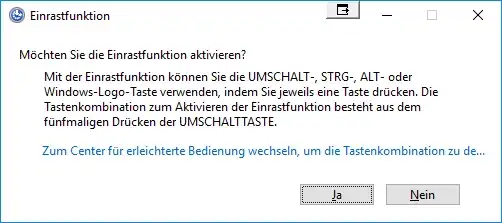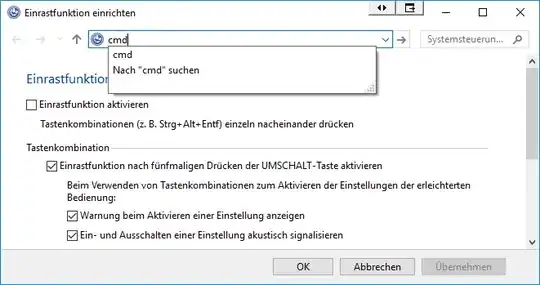We want to protect a game that is basically sold with the computer containing it. The security is done this way:
The HDD is encrypted using hardware TPM 1.2, which holds a unique key to decrypt the OS only in that specific computer. So Windows will boot only in one PC. Also the TPM will not let Windows boot if any hardware change happens.
explorer.exeis replaced bygame.exe, The system boots the game at startup. If you exit the game there is no explorer, just a black screen.Ctrl & Alt & other keys are disabled, so the Task Manager is not accessible.
The ethernet adapter is disabled, autorun is disabled to prevent dumping
game.exe.Deep freeze installed, user can't enter Safe or Repair modes
Is this a secure system? If it is not secure, what can an attacker do?

